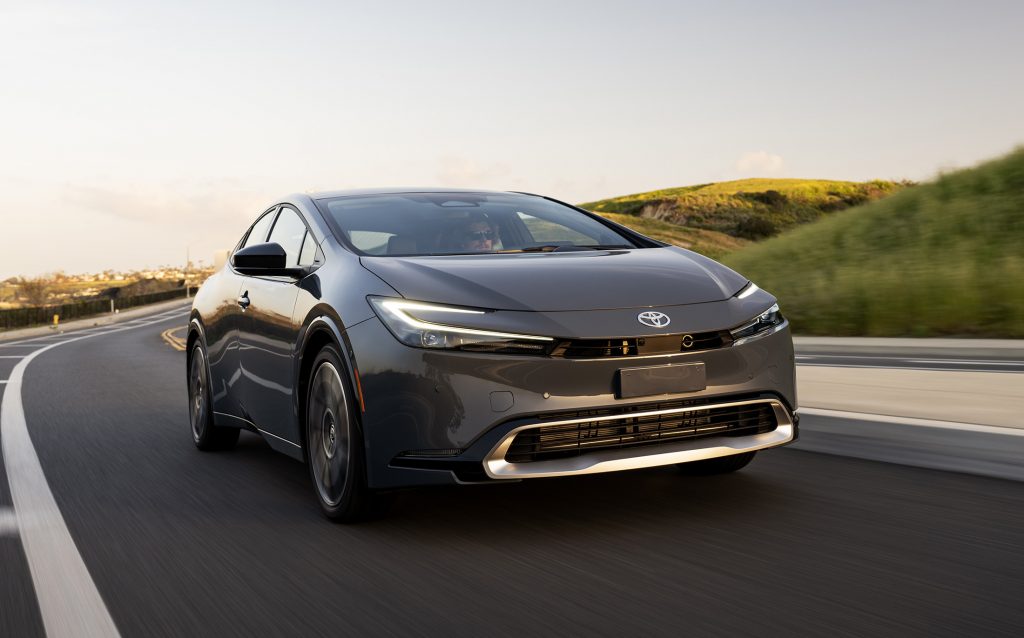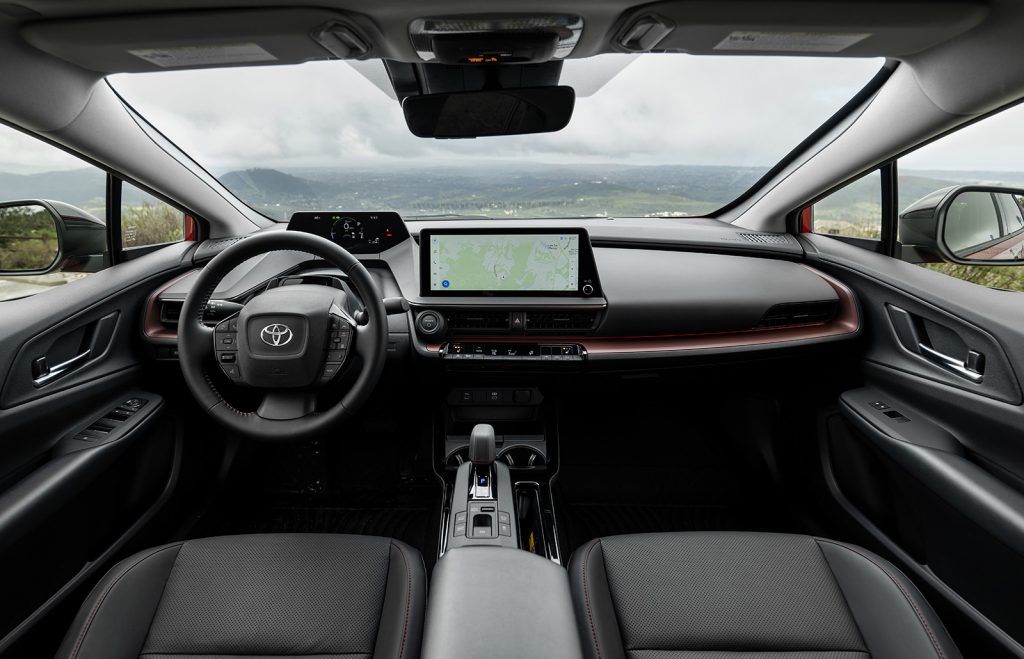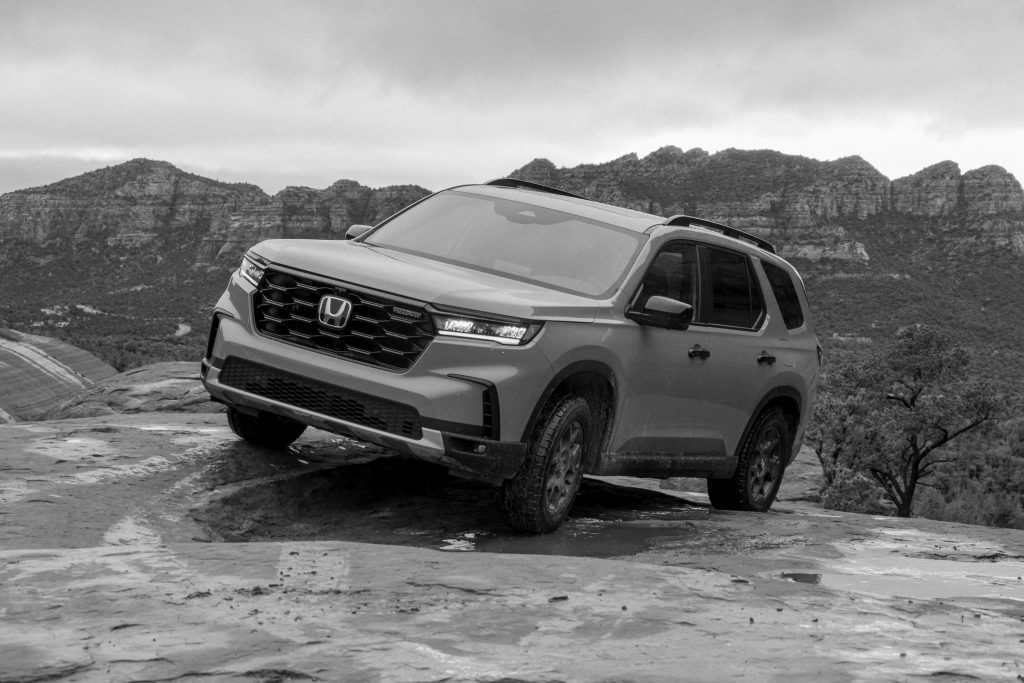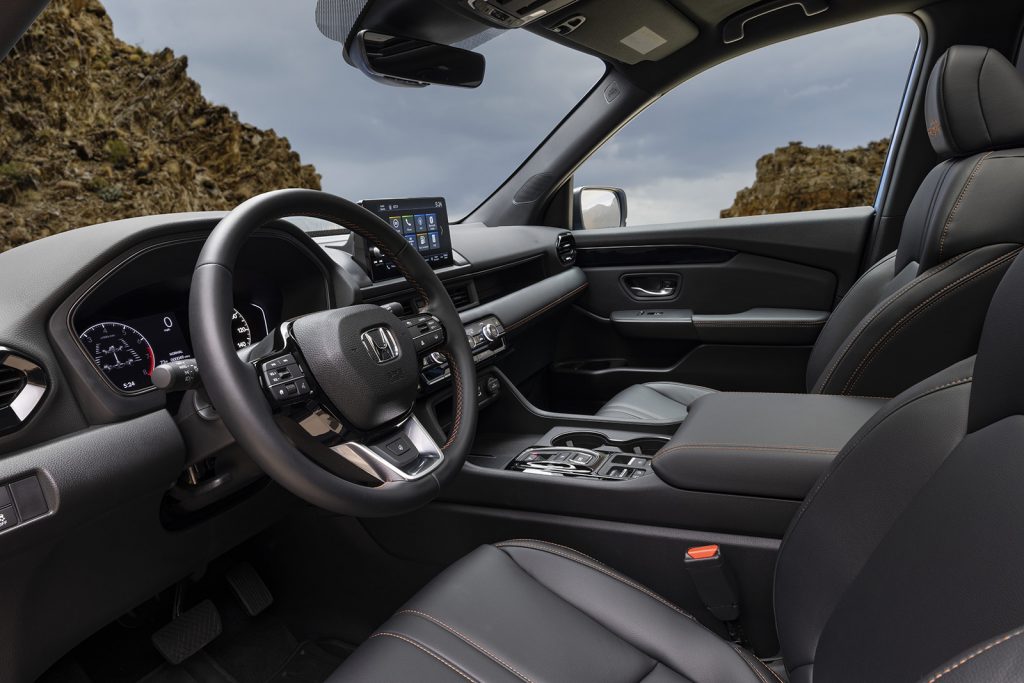Cargazing
By Derek Price
The 2024 Hyundai Kona arrives with a fresh look and a range of updates, aiming to make its mark in the competitive compact SUV segment.
On the positive side, the Kona’s exterior design is notably stylish, boasting a sleek and modern appearance that’s bound to turn heads on the road.
It was designed first to be an electric vehicle, and the gasoline versions benefit from its sleek, modern, EV-like styling and lightweight shell. This design approach not only gives it a contemporary appearance but also contributes to impressive fuel economy.
With front-wheel drive, it is rated for 29 mpg in the city and 34 on the highway. The turbocharged version is rated for 26 in the city and 32 on the highway. Opting for all-wheel drive lowers those numbers a bit, as one would expect.
Inside, the new Kona offers a spacious and well-arranged center console, with the gear selector moved behind the steering wheel, creating more storage space and enhancing overall comfort and convenience for occupants.
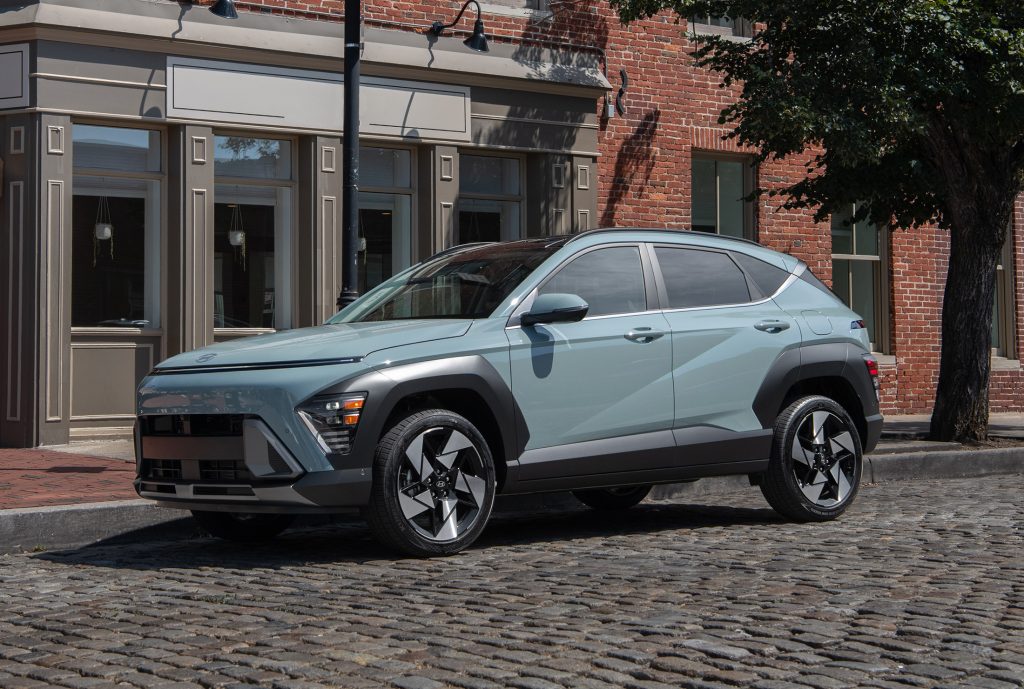
The 2024 Hyundai Kona gets a complete overhaul for 2024, making it bigger and more refined. It was designed first to be an electric vehicle, but the gasoline-powered versions also benefit from its sleek look and very up-to-date tech features.
Hyundai has also invested heavily in the Kona’s technology features, giving it dual 12.3-inch panoramic display screens, over-the-air software updates, and a next-generation infotainment system, providing a modern and connected driving experience.
Safety is a strong suit for the 2024 Kona, as it comes equipped with advanced driver assistance systems such as Remote Smart Parking Assist, Blind-Spot View Monitor, Forward Collision-avoidance Assist, and Highway Driving Assist, elevating safety and convenience on the road.
On the flip side, the base 2.0-liter 4-cylinder engine may leave some drivers wanting more in terms of acceleration, producing just 147 horsepower and coupled to a continuously variable transmission. It’s an underwhelming combination for those seeking a more spirited driving experience.
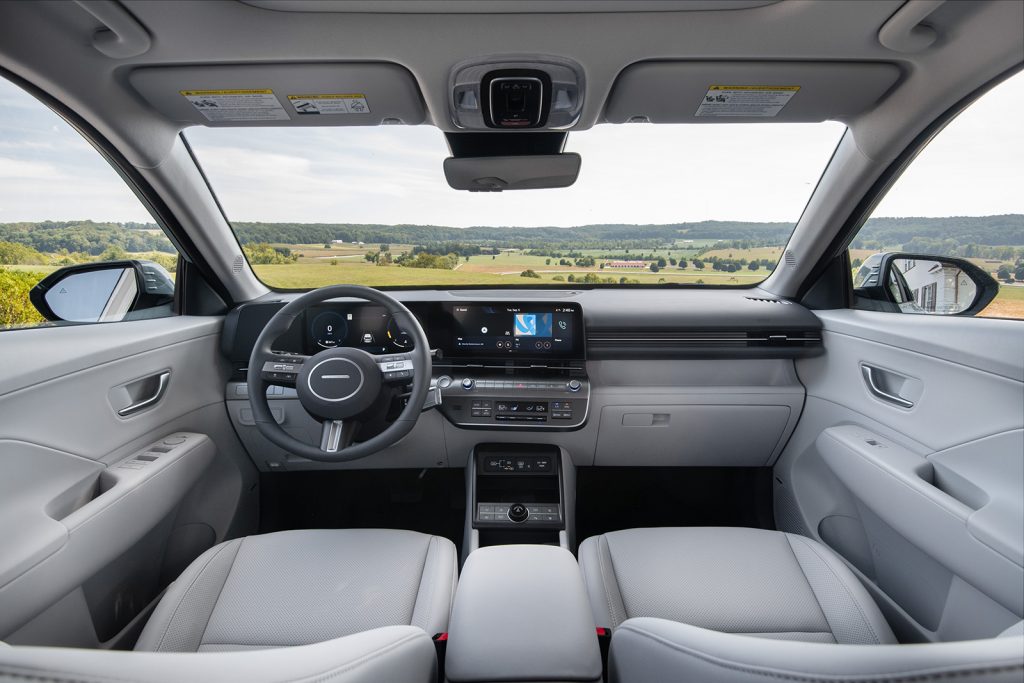
Dual 12.3-inch panoramic display screens make it easy to use the new Kona’s many digital features. The cabin is also noticeably more roomy than before.
Also, the impressive updates in design, tech and safety come at a cost, as the 2024 Kona features a higher price tag compared to the previous year’s model.
My tester came with the upgraded 1.6-liter turbocharged engine, which makes a much more enjoyable 190 horsepower. It also, thankfully, is matched to an eight-speed automatic transmission that feels much more engaging than a fun-sapping CVT.
Overall, the redesigned Kona brings a lot to the table in the compact SUV segment. Its stylish design, spacious interior and advanced technology features make it an appealing choice for those looking for a modern and well-equipped vehicle.
Pricing starts at $24,100 for the SE grade. The turbo version starts at $30,650 for the aggressively sporty N Line or $31,650 for the more comfort-oriented Limited grade. The all-wheel-drive Limited tops the lineup at $33,150.
At A Glance
What was tested? 2024 Hyundai Kona Limited AWD ($33,150). Options: Atlas White paint ($450), carpeted floor mats ($210). Price as tested (including $1,335 destination charge): $35,145
Wheelbase: 104.7 in.
Length: 171.3 in.
Width: 71.9 in.
Height: 62.4 in.
Engine: 1.6-liter turbocharged four cylinder (190 hp, 195 lbs.-ft.)
Transmission: Eight-speed automatic
Fuel economy: 24 city, 29 highway
RATINGS
Style: 9
Performance: 6
Price: 9
Handling: 8
Ride: 8
Comfort: 8
Quality: 7
Overall: 8
Why buy it?
A complete redesign makes the 2024 Kona more refined and mature than before. It was engineered first to be an EV, and the gasoline versions benefit from its focus on efficiency and in-cabin technology.

